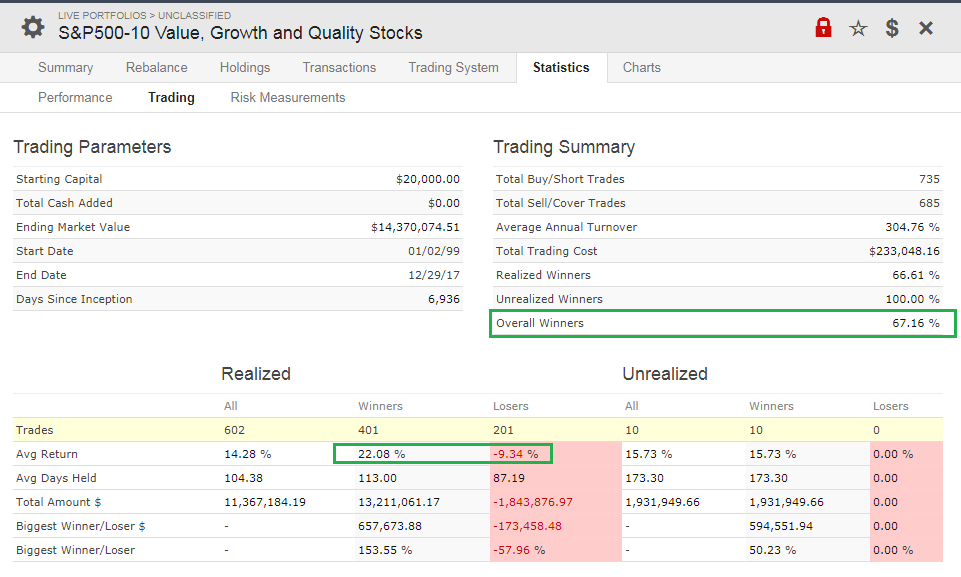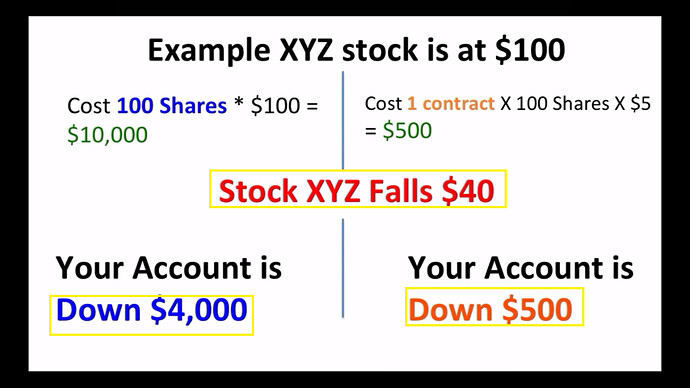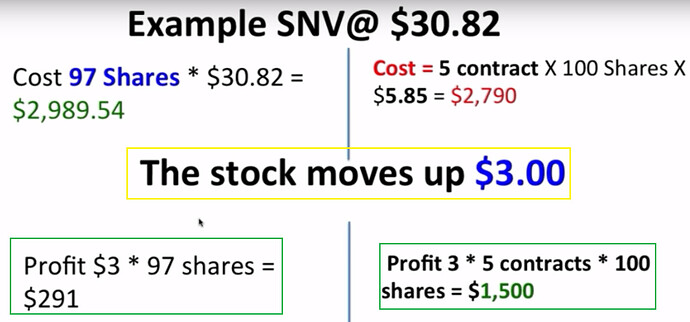I have never used options and don’t personally know anyone who has, so I would greatly appreciate some advice. I am considering either selling stocks short or buying puts during the next recession (most of my money is in retirement accounts and is thus ineligible but I have some that I can use for this) and would like to develop a strategy in advance. Here are my questions:
-
How would I simulate such a strategy in Portfolio123, including margin costs?
-
What are the advantages/disadvantages of selling short versus buying puts?
-
What are the liquidity requirements for placing short trades or buying puts? I assume they’d be far stricter than for going long?
-
I have an ultra-low-beta strategy for remaining long during a recession. Would you advise me not to bother selling short with that in place, and simply rely on my long-only strategy?
-
Are there any good articles or books about this that you’d recommend?
If anyone wants to share personal experiences, I’d love to hear some.


